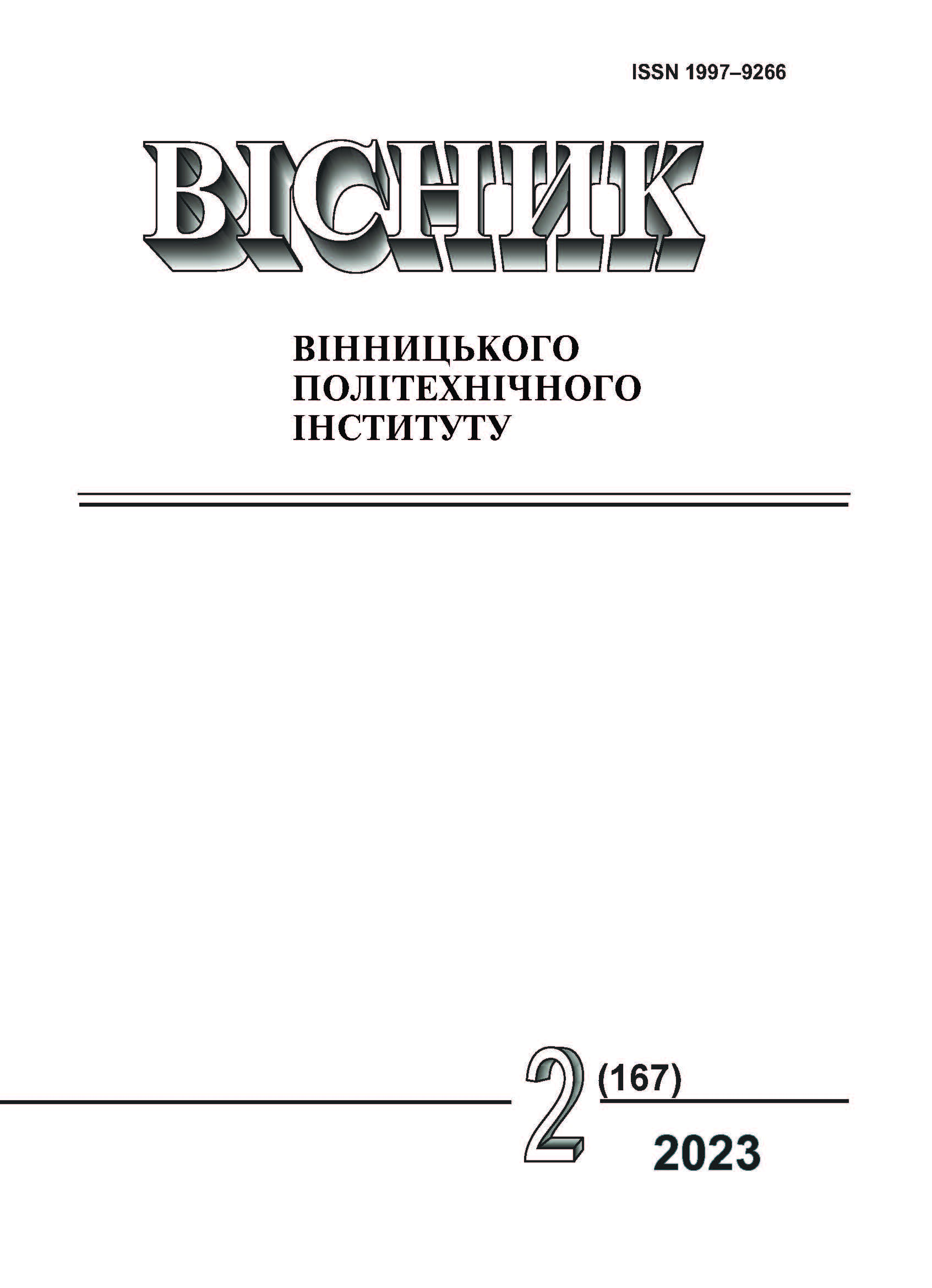Functional Coatings, Deposited Using Flexible Electrode Tapes
DOI:
https://doi.org/10.31649/1997-9266-2023-167-2-112-118Keywords:
flexible electrode tape, surfacing roller, coating, working surface, hardness, microstructureAbstract
The paper considers the possibility of obtaining wear-resistant coatings of considerable thickness on the surfaces of parts made of iron alloys by arc welding in the environment of protective gases. In this case, a common low-carbon welding wire is used, and the hardness, wear resistance and other properties of the coating are ensured by the use of a flexible electrode tape applied to the surface, being strengthened. The offered tape consists of fabric of organic origin, on which the required mixture of doping powders with a special glue is applied. During the arc burning, a welding bath is formed between the welding wire and the workpiece. In this bath, the carbon of the organic fabric of the tape and the complex of the mixture of applied doping powders are dissolved, with the subsequent formation of hard wear-resistant compounds in the coating. This makes it possible to form coatings of high hardness without using an additional operation — heat treatment on low-carbon steels. An additional positive effect is the possibility of grinding the structure of the surface layer, surfacing of the curved surfaces and holes with hardness and wear resistance in accordance with local loads. A comparative analysis of surfacing results was performed without and with the use of a flexible electrode tape. The rollers and the shape of the formed coating do not differ significantly in different surfacing methods. The structure of the used flexible electrode tape is shown and described. It was established that the proposed surfacing technology allows to increase the hardness of the surface, to obtain a fine-grained structure, and to change the local hardness of the coating according to the requirements. The solubility in the welding bath of carbon contained in the fabric of natural origin and applied doping powders has been experimentally proven. It was determined that the creation of the coatings with various properties depends on the thickness of the used fabric and the applied doping complex.
References
М. В. Любін, і О. А. Токарчук, «Вплив хіміко-термічної обробки інструменту на процес виготовлення метричних різей у важкооброблюваних сталях,» Вібрації в техніці та технологіях, № 1 (92), с. 48-55, 2019.
V. G. Pysarenko, “The combined chemic-thermal processing as a way of increase of durability of details of exact mechanics,” Problems of Tribology, no. 60 (2), pp. 75-78, 2014. [Electronic resource]. Available:
https://tribology.khnu.km.ua/index.php/ProbTrib/article/view/334 .
Л. А. Тимофеєва, Л. В. Волошина, і П. М. Гордієнко, «Аналіз технологічних параметрів процесу нанесення зносостійкого покриття,» Збірник наукових праць Українського державного університету залізничного транспорту, Харків, вип. 170, с. 13-19, 2017.
Л. С. Кривчик, Т. С. Хохлова, Л. М. Дейнеко, В. Л. Пінчук, і В. О. Столбовий, «Зміцнення трубного інструменту шляхом проведення комбінованої обробки — іонного азотування з нанесенням зносостійких покриттів,» Інноваційні технології в науці та освіті. Європейський досвід, матеріали ІV Міжнар. конф. Гельсінкі, 6-8 грудня, 2021 р. Дніпро-Гельсінкі, 2021, с. 186-199.
V. A. Voitov, and B. M. Tsymbal, “Tribology compatibility of steel and cast iron in abrasive and corrosive environment in the production of biomass briquettes,” Проблеми тертя та зношування, № 4, с. 13-26, 2016. [Електронний ресурс]. Режим доступу: http://nbuv.gov.ua/UJRN/Ptz_2016_4_4 .
В. В. Аулін, і В. Ф. Лисенко, Фізичні основи процесів і станів самоорганізації в триботехнічних системах, моногр. Кіровоград, 2014, 369 с.
К. В. Борак, «Забезпечення рівностійкості зношування робочих органів ґрунтообробних машин,» Наукові праці ВНТУ, № 1, 2022. https://doi.org/10.31649/2307-5376-2022-1-19-30 .
Шнековий прес для тирси pini-kay стаття особливості шнекового пресування, 2016. [Електронний ресурс]. Режим доступу: https://jak.bono.odessa.ua/articles/shnekovij-pres-dlja-tirsi-pini-kay-stattja.php .
А. Ю. Довгополов, С. С. Некрасов, і З. А. Реута, «Забезпечення продуктивності виготовлення паливних брикетів PiniKay за рахунок модернізації робочої частини пресу ПШ-250,» Вісник Національного технічного університету «ХПІ». Серія: Нові рішення в сучасних технологіях, № 4 (10), с. 36-42, 2021. https://doi.org/10.20998/2413-4295.2021.04.05.
В. А. Войтов, і Б. М. Цимбал, «Експериментальна оцінка впливу факторів на зношування та сумісність матеріалів деталей екструдера,» Проблеми трибології (Problems of Tribology), с. 90-99, 2016.
Д. Л. Луцак, О. В. Пилипченко, і М. Й. Бурда, «Зміцнення робочих органів обладнання для виготовлення паливних брикетів та гранул,» Проблеми трибології (Problems of Tribology), с. 19-25, 2015.
В. І. Савуляк, В. Й. Шенфельд, О. В. Шаповалова, і А. Ю. Осадчук, Електрод. Вінницький національний технічний університет, 2011. [Електронний ресурс]. Режим доступу: https://uapatents.com/2-57720-elektrod.html .
В. І. Савуляк, В. Й. Шенфельд, О. В. Шаповалова, і А. Ю. Осадчук, Спосіб електродугового наплавлення на поверхню металевих виробів. Вінницький національний технічний університет, 2010. [Електронний ресурс]. Режим доступу: https://uapatents.com/2-52753-sposib-elektrodugovogo-naplavlennya-na-poverkhnyu-metalevikh-virobiv.html .
В. І. Савуляк, В. Й. Шенфельд, і О. П. Шиліна, «Наплавлені покриття з використанням органічних підкладок,» Проблеми тертя та зношування. Вінниця: ВНТУ, 4 (85), с. 83-88, 2019.
А. А. Бабінець, і І. О. Рябцев, «Класифікація способів модифікування та мікролегування наплавленого металу (огляд),» Автоматичне зварювання, Київ: НАН України, ІЕЗ ім. Є. О. Патона НАНУ, с. 3-11, 2021.
Downloads
-
PDF (Українська)
Downloads: 67
Published
How to Cite
Issue
Section
License

This work is licensed under a Creative Commons Attribution 4.0 International License.
Authors who publish with this journal agree to the following terms:
- Authors retain copyright and grant the journal right of first publication.
- Authors are able to enter into separate, additional contractual arrangements for the non-exclusive distribution of the journal's published version of the work (e.g., post it to an institutional repository or publish it in a book), with an acknowledgment of its initial publication in this journal.
- Authors are permitted and encouraged to post their work online (e.g., in institutional repositories or on their website) prior to and during the submission process, as it can lead to productive exchanges, as well as earlier and greater citation of published work (See The Effect of Open Access).





